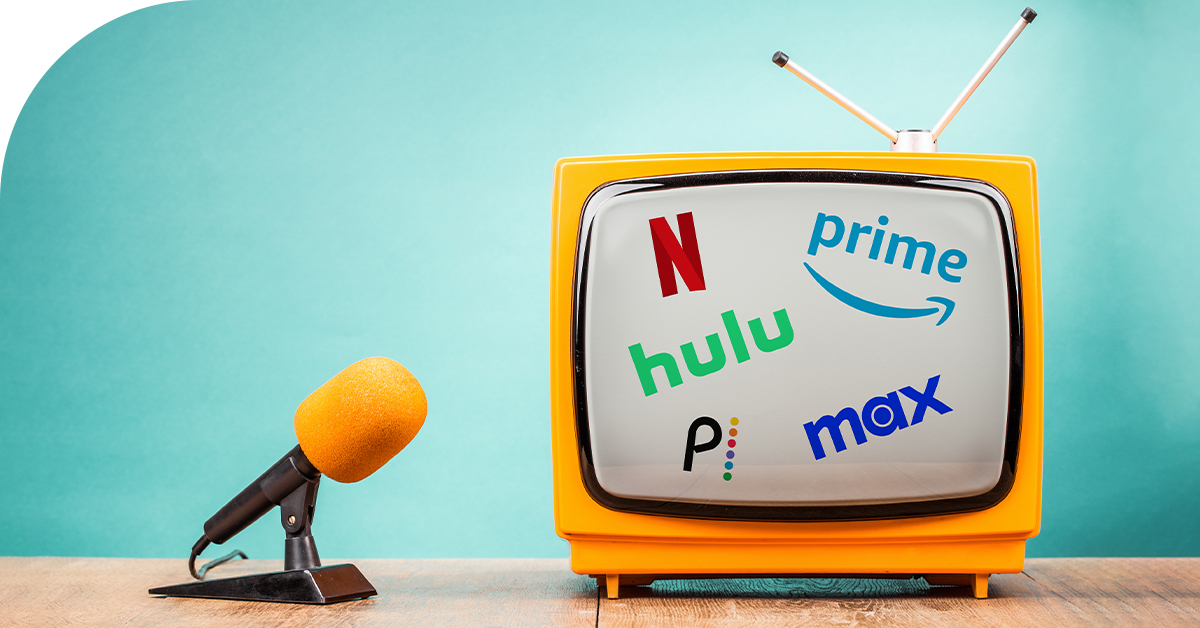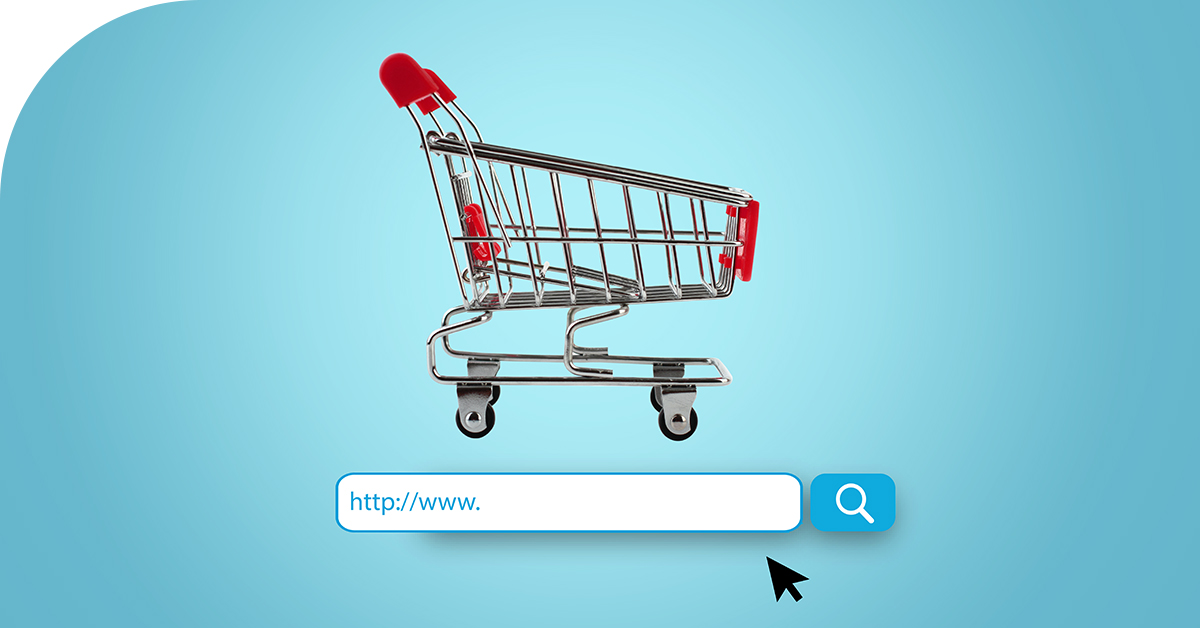Digital marketing optimization is a sometimes overlooked step that’s actually almost as important as the campaign setup itself.
Luckily, our team of experts nailed down their favorite, go-to digital ad optimizations. We call it the optimization octopus—and today, we’re sharing it with you.

Here they are, our eight easy digital marketing optimizations to help your programmatic campaigns achieve an ocean of success.
Eight digital marketing optimization
- Adjust Your Bids: The CPMs set during ad group creation are your base and max bids in the programmatic ad auction. The higher your base CPM, the greater the chance that your ad will appear, so heightening the threshold for your bid parameters expands your opportunities for winning impressions.
- Shift Your Budgets: Reallocating budgets from a poor performing ad group to a well-performing ad group is an easy way to get the biggest bang for your buck. Also, take a look at which creatives are performing best and remove the assets that aren’t producing great results.
- Build Preferred Lists and Block Lists: Build a block list of the sites that aren’t performing or accumulating enough impressions. Then, build a preferred list of the sites you want to serve even more inventory on (and add a bid multiplier between 1.25–1.5 to increase your chances). Tip: Add both a block list and a preferred list to your campaign and update it weekly for optimal performance.
- Frequency Caps: If you wish to serve more or fewer impressions to a single user within a period of time, adjust the impression number and/or time frame of the impressions. In Choozle, the standard is 3 impressions per 8 hours. Tip: If you want to scale down, 1 impression per 24 hours is a good place to start.
- Audience Adjustments: In your reporting, look at which data segments are performing the best, then eliminate the data segments that aren’t operating up to standard.
- Geo Expansion: If your campaign is underpacing (aka not spending enough), your ads may not be serving to enough people. Try widening your audience by simply expanding your geo parameters, then give it a few days to see if spend catches up.
- Dayparting: Dayparting allows you to customize the times and days when your ads will serve. For instance, if you’re B2B, it would make sense to only run ads during business hours. If you’re selling vacation packages, you might have better luck on the weekends.
- Switch Up Your Goal: If your campaign goal is set to reach, but you actually want to encourage clicks, change your goal to CTR. This is a simple step to making sure the system knows what action to support.
No matter which of the above you decide to implement into your campaigns, always keep these general tips in mind:
- Remember, the digital marketing optimization you make should always be determined by your KPIs. Keep the end goal in mind, and only make the changes that will help you get there.
- In order to give your ad optimization enough time to take effect, only implement one or two every 4–7 days. This also ensures you’ll have enough data to know which are working and which aren’t.
- Don’t over-optimize, as you may end up cutting off too much of your inventory. Too narrow of an audience means more expensive CPMs and the risk of underpacing.
Next, chat with CE superstars Sam and Rob for more optimization tips and tricks.







